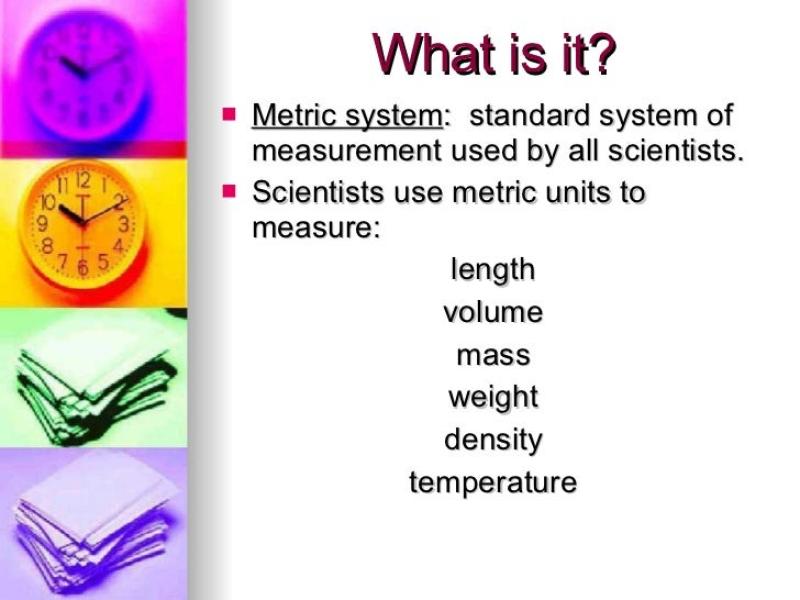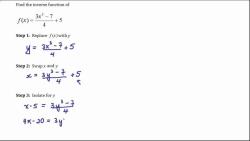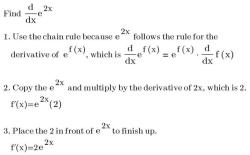What is the standard measurement for the metric system?
The metric system is a decimal-based system of measurement that is widely used around the world. It is a system of units for measuring length, mass, volume, temperature, and other physical quantities. The base units of the metric system are defined by international agreements and standards. Here are the standard base units in the metric system:
Length: Meter (m)
- The meter is the base unit for measuring length. It is defined as the distance traveled by light in a vacuum during a specific fraction of a second.
Mass: Kilogram (kg)
- The kilogram is the base unit for measuring mass. It is defined as the mass of the International Prototype of the Kilogram, a platinum-iridium alloy cylinder kept at the International Bureau of Weights and Measures (BIPM) in France.
Time: Second (s)
- The second is the base unit for measuring time. It is defined as the duration of 9,192,631,770 periods of the radiation corresponding to the transition between two hyperfine levels of the ground state of the cesium-133 atom.
Electric Current: Ampere (A)
- The ampere is the base unit for measuring electric current. It is defined by the amount of charge passing through a conductor in one second when an electric current of one coulomb flows.
Temperature: Kelvin (K)
- The kelvin is the base unit for measuring temperature. It is defined using the Kelvin scale, where 0 K is absolute zero, the theoretical lowest temperature.
Amount of Substance: Mole (mol)
- The mole is the base unit for measuring the amount of substance. It is defined as the amount of substance that contains the same number of entities as there are atoms in 12 grams of carbon-12.
Luminous Intensity: Candela (cd)
- The candela is the base unit for measuring luminous intensity. It is defined as the intensity of a source that emits monochromatic light of a specific frequency with a defined radiant intensity.
These base units provide the foundation for measuring a wide range of physical quantities. The metric system also allows for the creation of derived units by combining the base units. For example, the square meter (m²) is a derived unit for measuring area, and the cubic meter (m³) is a derived unit for measuring volume. The use of the metric system simplifies conversions between different units and facilitates international standardization in scientific, industrial, and everyday applications.
The Establishment of the Metric System as an International Standard
The metric system, also known as the International System of Units (SI), is a decimal system of measurement that has been adopted as the international standard for measurement. Its origins can be traced back to the French Revolution, when the need for a unified and rational system of measurement emerged.
In 1791, the French National Assembly commissioned the French Academy of Sciences to develop a new system of measurement. The resulting system, based on the meter, kilogram, and second as base units, was adopted in France in 1795.
Over the next century, the metric system gradually gained international acceptance. In 1875, the Metric Convention was signed by 17 countries, establishing a permanent international organization to oversee the development and maintenance of the SI.
The metric system has since become the standard system of measurement for scientific and technical applications worldwide. It is also the official system of measurement in most countries, with only a few notable exceptions, such as the United States, Liberia, and Myanmar.
Advantages of the Metric System for Global Measurement and Communication
The metric system offers several advantages over other systems of measurement, making it an ideal choice for global measurement and communication:
Decimality: The metric system is based on a decimal system, making it easy to understand, convert, and calculate measurements.
Coherence: All units in the metric system are interconnected and can be derived from the seven base units, ensuring consistency and avoiding confusion.
International Recognition: The metric system is the internationally recognized standard for measurement, facilitating global trade, communication, and scientific collaboration.
Accuracy and Precision: The metric system is designed for accuracy and precision, making it well-suited for scientific and technical applications.
Ease of Learning: The metric system is relatively easy to learn and use, making it accessible to people from all backgrounds.
Adoption and Implementation of the Metric System in Different Countries
The adoption and implementation of the metric system have varied across different countries, with some countries embracing the system more readily than others.
France, the birthplace of the metric system, was among the first countries to adopt it as the official system of measurement. By the early 20th century, most European countries had adopted the metric system.
In the United States, the metric system has been facing resistance due to historical factors and entrenched cultural norms. However, the US government has encouraged the use of the metric system in various sectors, and the metric system is increasingly used in scientific and technical fields.
Australia, Canada, and New Zealand have adopted the metric system as their official system of measurement, while maintaining the use of imperial units in some areas.
The metric system has also gained widespread adoption in Asia, Africa, and South America. China, India, and Brazil, among others, have adopted the metric system as their official system of measurement.
In conclusion, the metric system has become the international standard for measurement, offering numerous advantages for global communication and scientific progress. While its adoption and implementation have varied across different countries, the metric system continues to gain acceptance and usage worldwide.












